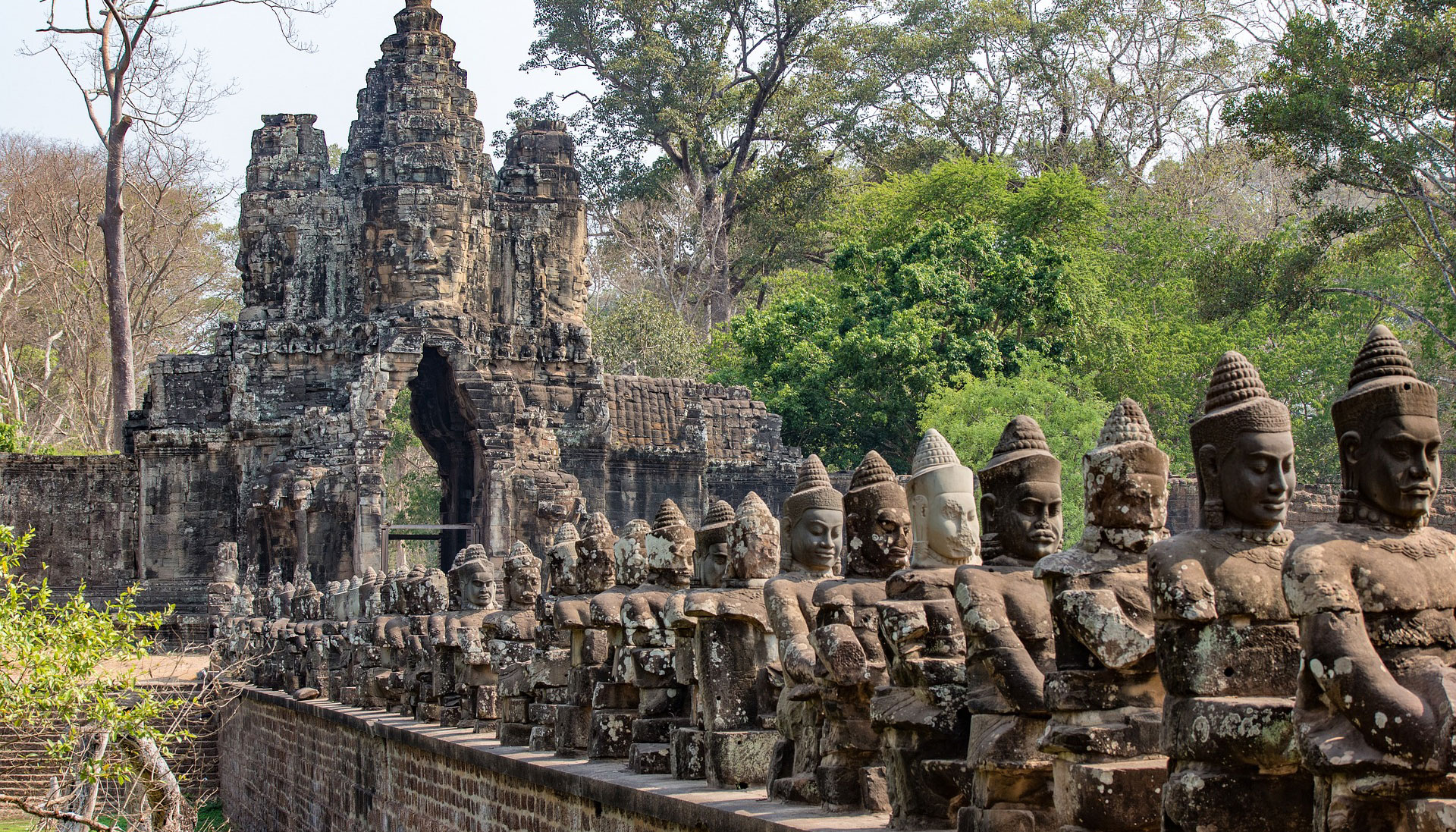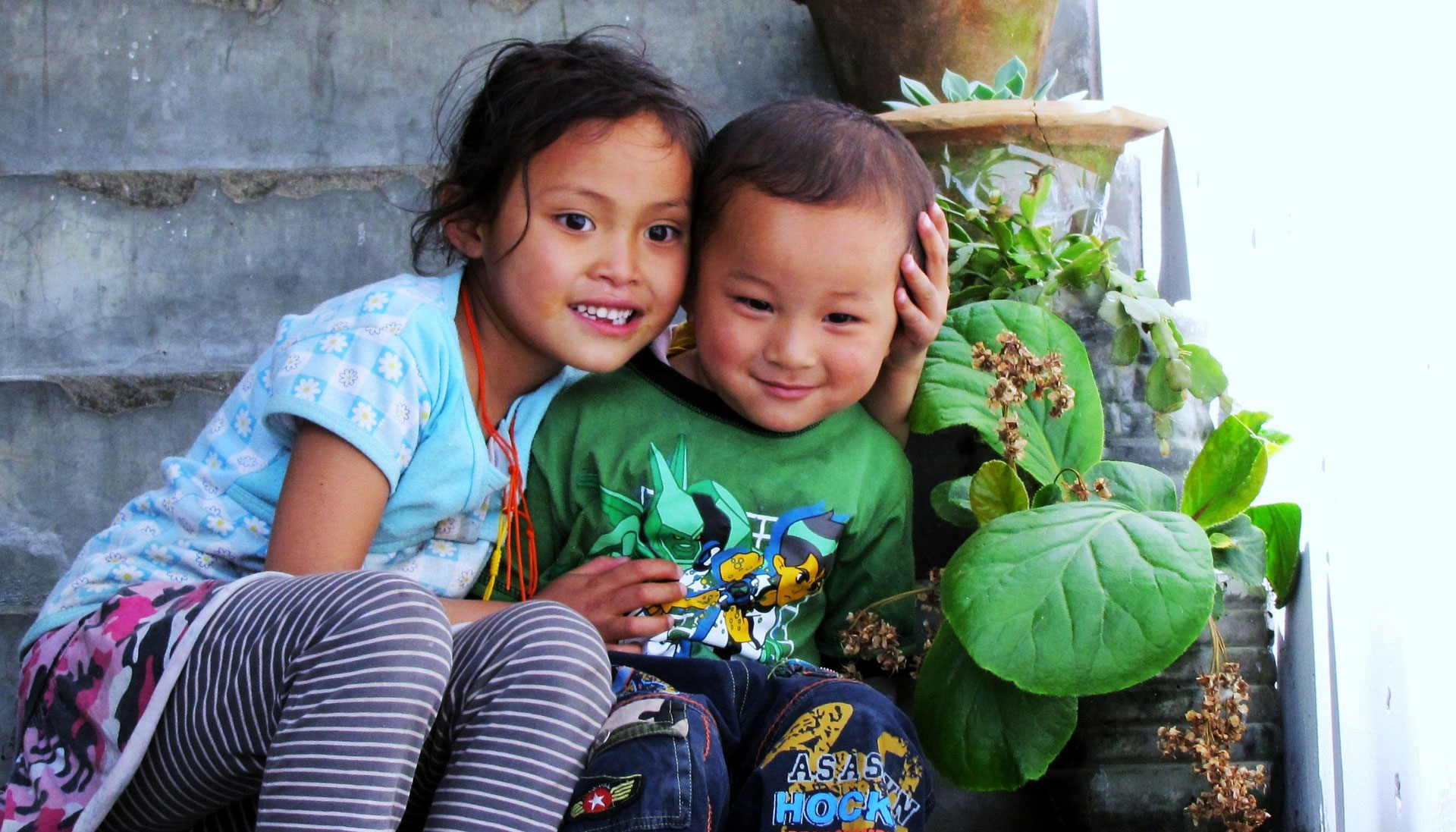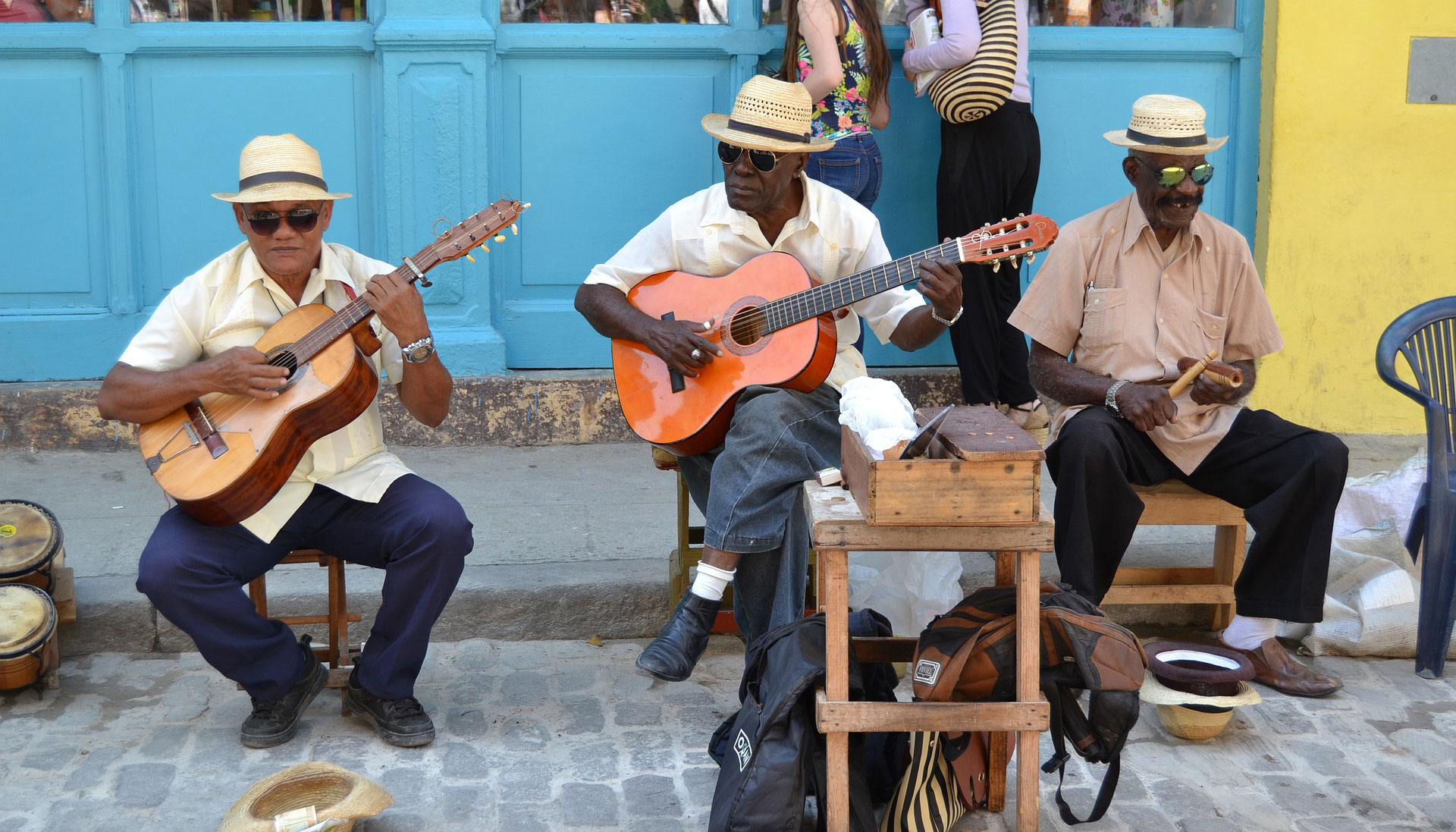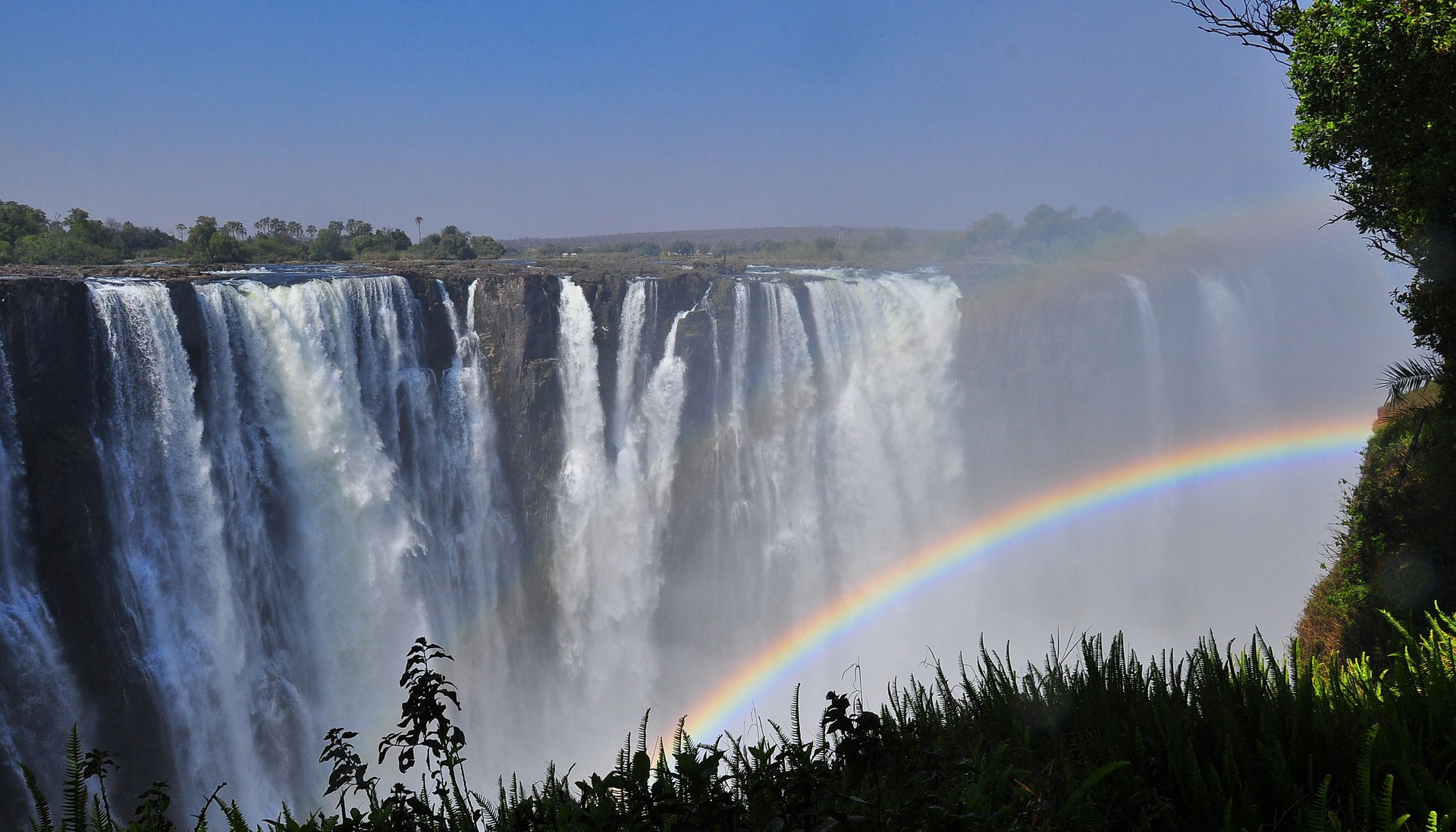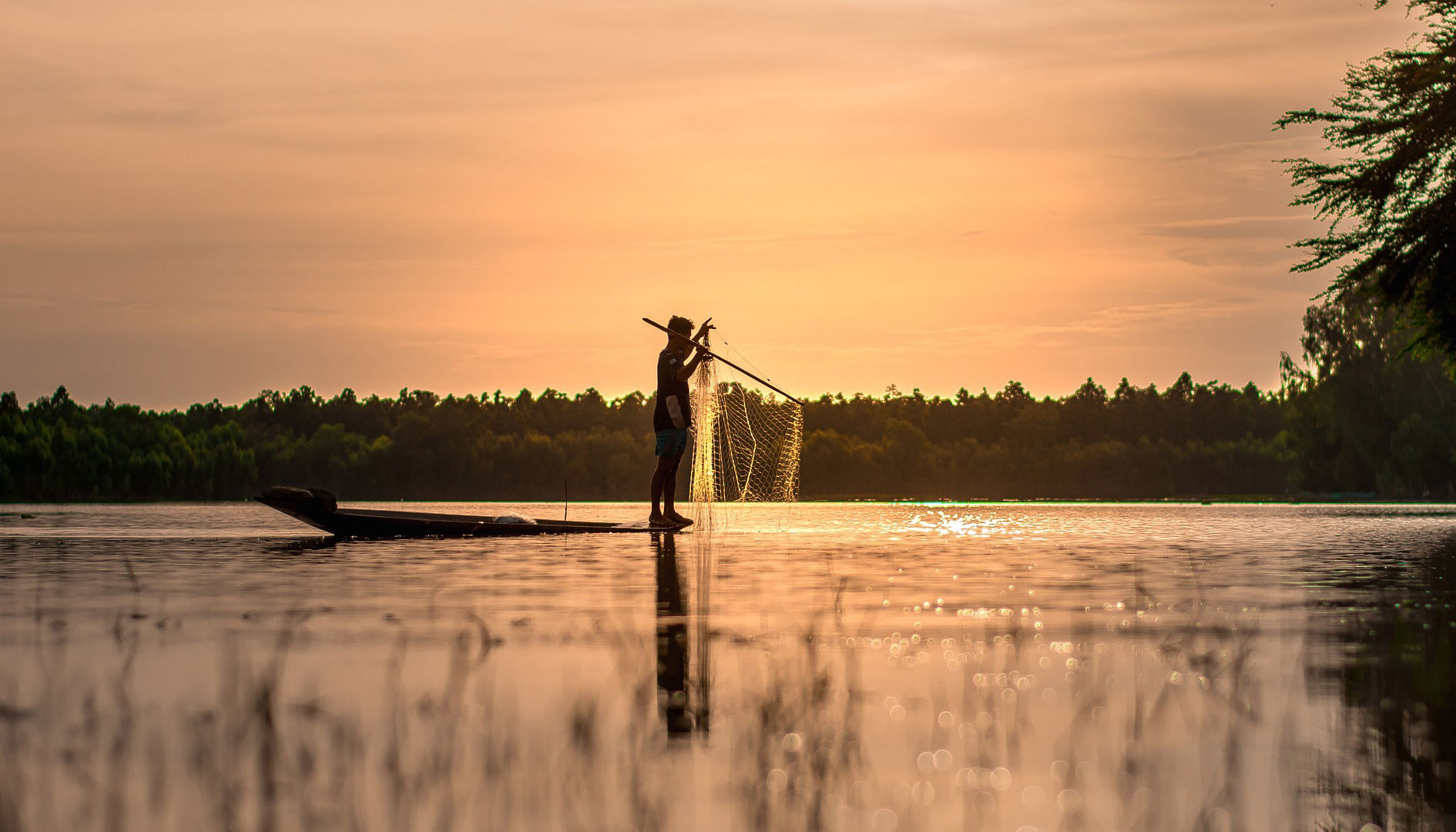Globe Aware’s Mexico volunteer vacation destination has been highlighted in National Geographic! Discover the efforts being made on the Camino del Mayab, a hiking trail in the Yucatán Peninsula of Mexico. Globe Aware partners with community members, featured in the article, who are dedicated to revitalizing the local Maya communities dotted along the trail.
How a Yucatan jungle hike could help revive Mexico's ailing Maya communities
Inland from Yucatán’s white beaches, the long-distance Camino del Mayab hiking trail is set to revive ailing Maya communities with jungle treks weaving past overgrown haciendas and secret cenotes.
By Jessica Vincent
April 24, 2024
National Geographic
This article was produced by National Geographic Traveller (UK).
It’s an indescribable feeling, plunging into cool, clear water after walking for hours through the Yucatán jungle. I’m surrounded by the tall overhanging cliff walls of a cenote — a type of freshwater sinkhole believed by the ancient Maya to be portals to the underworld, and often used as sacrificial sites. The water is a mix of emerald green and turquoise, with large lily pads floating on the surface and thick alamo tree roots plunging to its depths from the cliffs like giant eels.
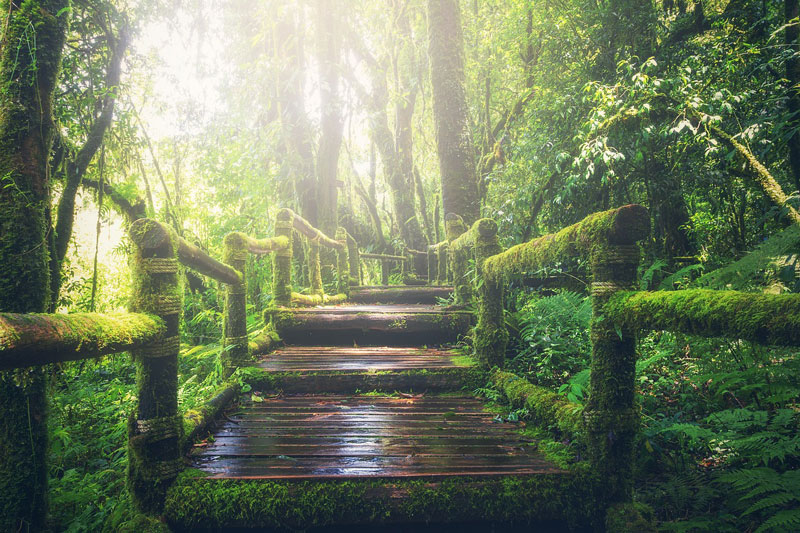
It’s day one of my five-day hike along Mexico’s Camino del Mayab — a long-distance hiking and biking trail opened in late 2020 — and the 32C heat and 80% humidity is getting to me. But with 11 miles to walk before sunset, there’s only so much time for pool dips. Following a dirt path flanked by thick jungle, we reach San Antonio Tzacalá, a small Maya village built around the crumbling red walls of a 19th-century hacienda. Abandoned in the mid-1900s, the Spanish estate has been lost to nature: entire alamo trees rise from the roof like squatting giants, while creeping vines pierce through thick cement as if it were honeycomb.
“Yucatán is the land of cenotes and haciendas,” says Cristian Sulub, a fresh-faced 22-year-old wearing rimless, rectangular glasses and a straw hat. Cristian, who is of Maya descent, is San Antonio Tzacalá’s youngest-ever mayor and a keen historian. When he heard we were walking through his town, he came to greet us. “Cenotes represent our ancient past; haciendas our colonial history.”
The hacienda in San Antonio Tzacalá is one of hundreds in Yucatán, built during the 19th century when the henequen trade took off. Henequen, also known as sisal, is a type of fibrous agave native to the Yucatán Peninsula, used by the ancient Maya for thousands of years to make ropes, baskets and fishing lines. But in the mid-19th century, the Spanish began exporting Yucatán’s ‘green gold’ to the US and Europe. Forcing the Indigenous population to work the fields for little or no pay, European plantation owners grew extremely wealthy, building railroads, factories and more than 300 haciendas across Yucatán.
Three years in the making, the Camino del Mayab is a 68-mile trail created to help reverse centuries of colonial exploitation in Yucatán — ‘Mayab’ is what the ancient Maya called Yucatán before the Spanish changed its name in the 16th century. After the Mexican Revolution of the 1910s and the Great Depression of the 1930s, Yucatán’s henequen industry began to decline, with most haciendas closing by the 1950s. Inequality and prejudice towards the Maya, however, continued. Today, higher education, jobs and access to medical care are limited outside of Mérida and Cancún, forcing many Maya people to abandon their villages and way of life.
“The Maya village is under threat,” says our guide Uri Huesca, as we make our way out of the crumbling hacienda. Uri is the co-founder of EcoGuerreros Yucatán, the environmental organisation that founded and now manages the Camino del Mayab. “We want to empower Maya communities to make a living without leaving their homelands, while also sharing their history and culture with the world.”
The Camino del Mayab follows old henequen transportation routes through 14 Maya communities, from the former plantation village of Dzoyaxché to the ancient Maya city of Mayapan. The trail was developed in partnership with Maya communities, and 80% of its profits remain in Maya villages through the hiring of local guides, camping on community-owned lands and eating home-cooked meals prepared by village cooks.
Continuing to Pebá, a two-hour walk from San Antonio Tzacalá, we spot a flash of electric blue and pale orange among a sea of endless green. It’s a Yucatán jay, a bird endemic to the peninsula. Further on, perching on the branches of an 80-year-old ceiba tree, is a turquoise-browed motmot, a cenote-dwelling bird the ancient Maya used to find fresh water.
“Yucatán is one of Mexico’s most biodiverse states,” says Uri, as we pass a Middle American indigo snake coiled under a bush of purple pea flowers. “But it’s at risk of being destroyed.”
There are almost 400 bird species in Yucatán and over 100 mammals, many of which are endangered. Jaguars, tapirs and ocelots, Uri explains, would have once been abundant here, but due to habitat loss — some 50,000 acres of jungle are lost annually in Yucatán to farmland and illegal logging — they’ve become increasingly rare.
Environmental activists have also blamed the new Tren Maya — a controversial 966-mile train line launched in December 2023 that crosses the Yucatán jungle — for endangering the peninsula’s biodiversity.
“The Camino del Mayab isn’t just about saving Maya culture, it’s about protecting nature, too,” says Uri. EcoGuerreros has helped to establish hundreds of acres of ecological reserves in Yucatán through a network of protected ejidos, communal land managed by Indigenous communities.
The next day, a Pebá local known as Don Octavio — a slight, elderly man with deep lines across his forehead and dirt beneath his nails — guides us through the jungle to the Maya village of Yaxcopoil, home to one of Yucatán’s best-preserved haciendas. Wearing smart suit trousers and leather sandals, Don Octavio hacks a path through the thick overgrowth with his machete, pointing out medicinal herbs and wildflowers pollinated by meliponas, stingless bees whose honey has been cultivated by the Maya for 3,000 years.
Among the vegetation are a few surviving henequen from an abandoned plantation Don Octavio used to work on. Unlike most plantations in Yucatán, which closed in the 1950s, this one continued to operate for a few decades longer. Don Octavio says the plantation owners treated him well, and the work allowed him to stay in his village. “Now look at it,” he says, pointing to a pile of rubble that would have once housed a Maya family. “Everyone’s leaving to work in Mérida. Soon, there will be no one left.”
Over the next few days, as we walk 40 miles from Yaxcopoil towards Mayapan, I watch pink fog lift from the jungle canopy at sunrise, eat pulled pork slow-cooked underground and fire-toasted tortillas in the homes of Maya families, and camp beneath a sky full of stars. But swimming in the region’s cavernous cenotes is what I look forward to most.
I imagined the end of my journey on the Camino del Mayab stood atop Mayapan’s Temple of Kukulcan, seeing the trail I’d just walked sprawled across the jungle beneath me. But protests over entrance fees have closed the trail’s finishing point. Instead, I’m on the shores of a cenote near X-Kanchakán, where a white-robed shaman is summoning the Maya gods under the thundering rain. His chanting — spoken in Yucatec Maya — reverberates across the water with a deafening clap of thunder. When he finishes, the rain clears and the sky lights up in a strange silver-purple hue. “A good omen,” says the shaman in Spanish. “You’re welcome here, traveller.”
